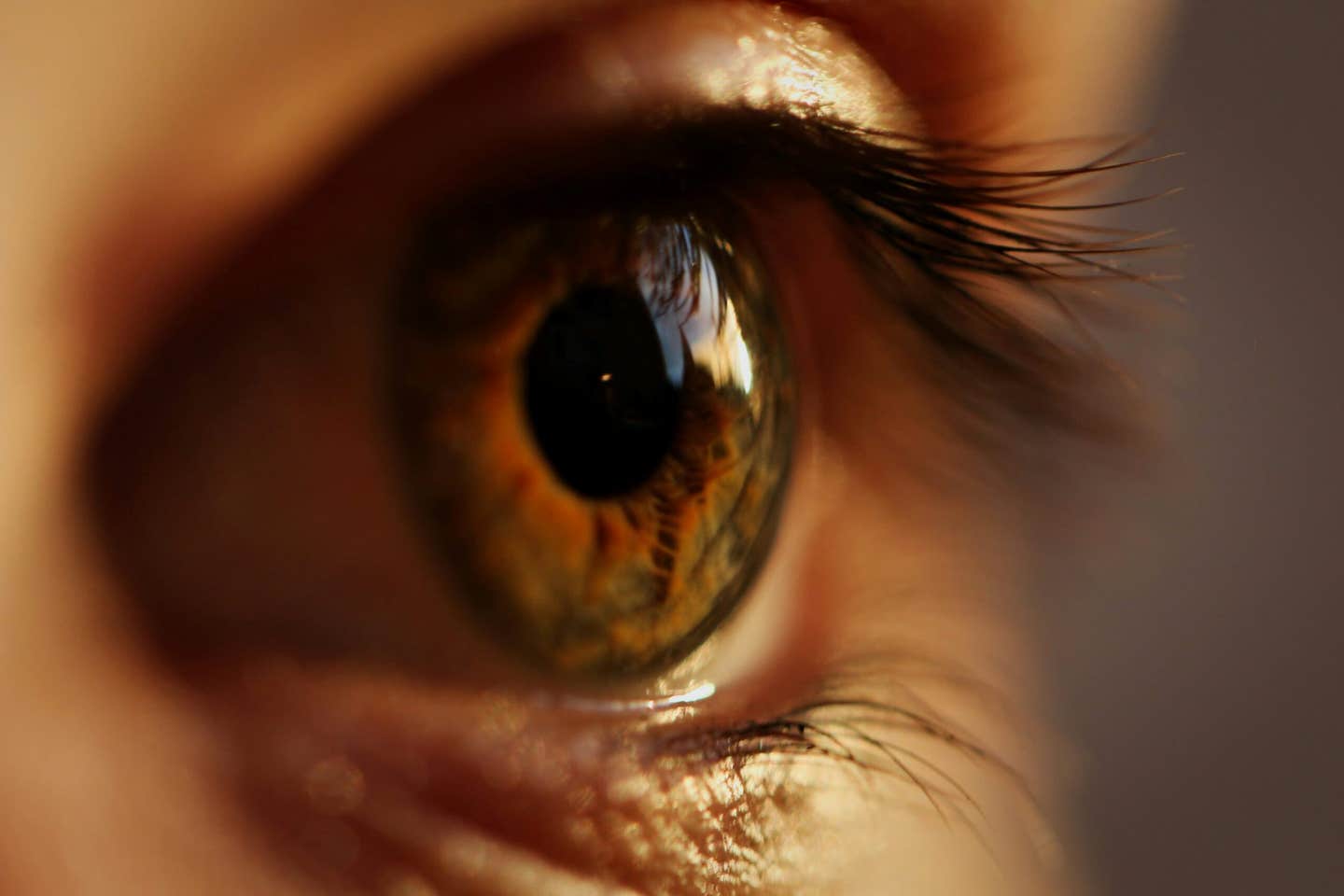Self-powered artificial synapse brings human-like vision to smart devices
A Tokyo University of Science team has built a solar-powered synapse that can tell colors apart like the human eye—no battery needed.

New self-powered synapse mimics human eye, enabling color vision in AI devices without external power. (CREDIT: CC BY-SA 4.0)
Every second, machines like drones, smartphones, and self-driving cars capture floods of visual data. But turning this data into meaning—like recognizing a red light or reading a sign—takes massive energy and memory. These machine vision systems process up to 60 frames per second, storing images and converting light into electrical signals. That’s a lot of work, and even more power.
Meanwhile, your eyes and brain do something smarter. Instead of recording everything, your visual system filters out less useful details. Only important information gets passed along. This efficient design uses far less energy, and it’s what scientists now want to copy for machines.
By mimicking the brain’s filtering process, engineers hope to make smarter, low-power systems. These systems could one day help your smartwatch recognize faces, your car detect obstacles, or your phone know exactly what you’re pointing it at—without draining the battery.
One major roadblock has been color. Current artificial vision systems struggle to recognize colors as well as you can. They also often need extra power to work. That’s a problem for small devices that run on limited batteries.
But a new breakthrough from Tokyo University of Science (TUS) and published in the journal, Scientific Reports, may change all that.
A New Kind of Eye
Led by Associate Professor Takashi Ikuno, a team at TUS built something never seen before—a self-powered artificial synapse that can recognize colors almost as well as a human eye.
An artificial synapse is a tiny device that acts like a brain cell, passing along signals. These researchers took it a step further by making their synapse solar-powered. It doesn’t need a battery or outside power source. It generates electricity from light, just like a mini solar panel.
Related Stories
Their design used two types of dye-sensitized solar cells. Each responds to different parts of the light spectrum. When the device is hit with a specific color, it gives off a unique electrical signal. For example, blue light creates a positive voltage. Red light creates a negative one. The device can even tell the difference between colors just 10 nanometers apart. That’s about how closely your own eye can spot color differences.
This ability—called bipolar response—is key. It lets a single device tell one color from another and even perform simple logic functions like AND, OR, and XOR. You’d normally need multiple components to do this. Here, it’s all in one.
“The results show great potential for the application of this next-generation optoelectronic device,” says Dr. Ikuno, “which enables high-resolution color discrimination and logical operations simultaneously.”
In one test, the team had the device watch human movements lit in red, green, or blue light. The system was able to tell 18 different motion-color combinations apart. Even better, it did so with 82% accuracy—using just this one little synapse.
Seeing the Real-World Potential
This new tech isn’t just for the lab. The possibilities stretch across many industries.
In self-driving cars, machines need to tell a green light from a red one—even in bright sunlight or poor weather. This technology could make that easier while using less energy. That means safer roads and longer battery life.
In healthcare, devices like fitness trackers or wearable sensors could use this system to monitor vital signs like blood oxygen levels, which often rely on detecting small changes in color. Today, those devices use more power and multiple sensors. In the future, they might use just one low-power synapse.
Even your smartphone could benefit. Imagine a camera that knows exactly what it’s seeing—colors, textures, movement—while barely using any battery. Augmented and virtual reality headsets could become lighter and last longer. The device might even help in security systems or smart home products that respond to what they “see.”
“We believe this technology will contribute to the realization of low-power machine vision systems with color discrimination capabilities close to those of the human eye,” Dr. Ikuno explains.
A Closer Look at the Science
How does this work, exactly? The device includes two types of dye-sensitized solar cells, each made with different light-sensitive dyes: D131 and SQ2. Each dye reacts to different light wavelengths. When light hits them, one produces a positive voltage and the other a negative one.
By combining these two, the device can react in opposite ways to different colors. Between 450 and 750 nanometers—the visible light range—it can switch signals from positive to negative depending on the color. This switch is what makes precise color recognition possible.
When exposed to blue light, the output voltage peaks around +0.48 volts. Under red light, it drops to around -0.18 volts. In the middle range, the response shifts depending on how the two dyes compete. This gives the system a non-linear, but useful, behavior—exactly like biological systems.
The team also used a method called reservoir computing. That’s a type of machine learning where the device itself helps process data. Instead of training a full artificial intelligence model, you let the material handle most of the work. Only the final layer—the part that says “this is a car” or “that’s a dog”—gets trained.
In tests, this method allowed the device to recognize color-coded motions using just a simple output network. That’s a big deal for saving time, energy, and computing power.
Rethinking How Machines Learn to See
Other researchers have tried to build similar systems before, but with less success. Some used organic semiconductors. Others used materials like MoS₂ or black phosphorus. These devices could sometimes tell light wavelengths apart, but they didn’t work well when the brightness changed.
Many of them also relied on applying outside voltage, which drains power. Worse, they only worked for big differences in light—like comparing ultraviolet to visible light—not subtle color shifts.
The TUS team’s use of dye-sensitized solar cells changed the game. These cells are better at responding to small changes in color. They also generate higher voltages than traditional photovoltaic systems and stay stable under changing light.
Thanks to this design, the new synapse doesn’t just detect color. It acts like a real part of the brain, filtering, learning, and processing all at once—without a power cord.
This research marks a step closer to machines that don’t just see—they understand. As smart devices become part of everyday life, this kind of low-power, high-function technology will be essential.
From wearable health tools to autonomous robots, devices that “see” like humans may soon be powered by tiny synapses that need no battery at all.
Note: The article above provided above by The Brighter Side of News.
Like these kind of feel good stories? Get The Brighter Side of News' newsletter.



